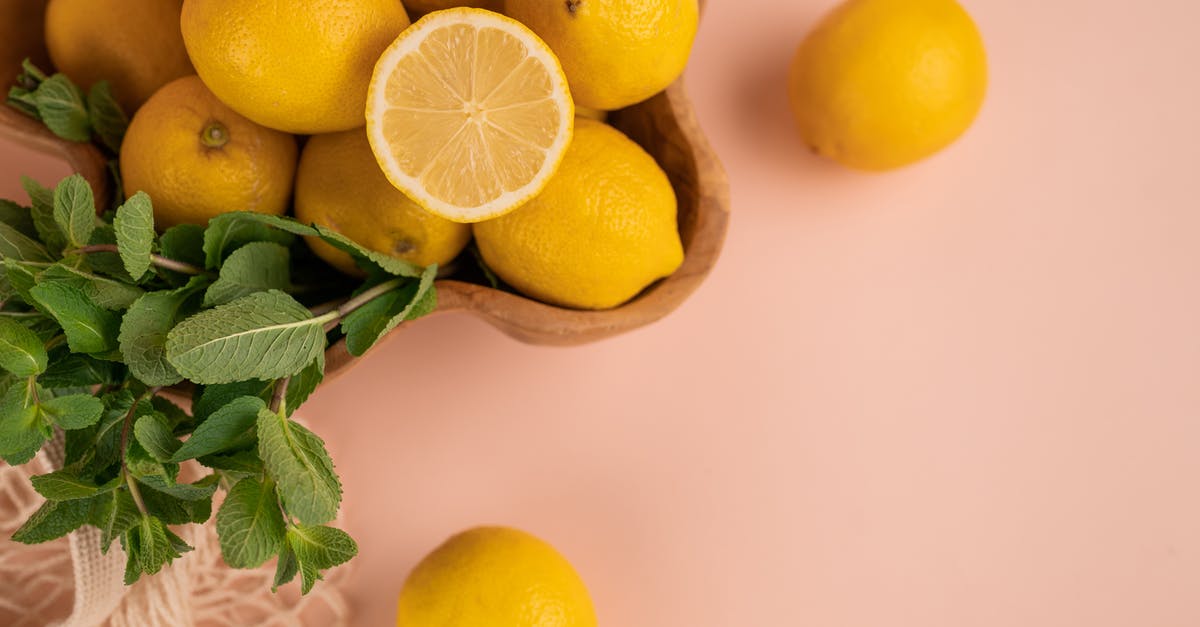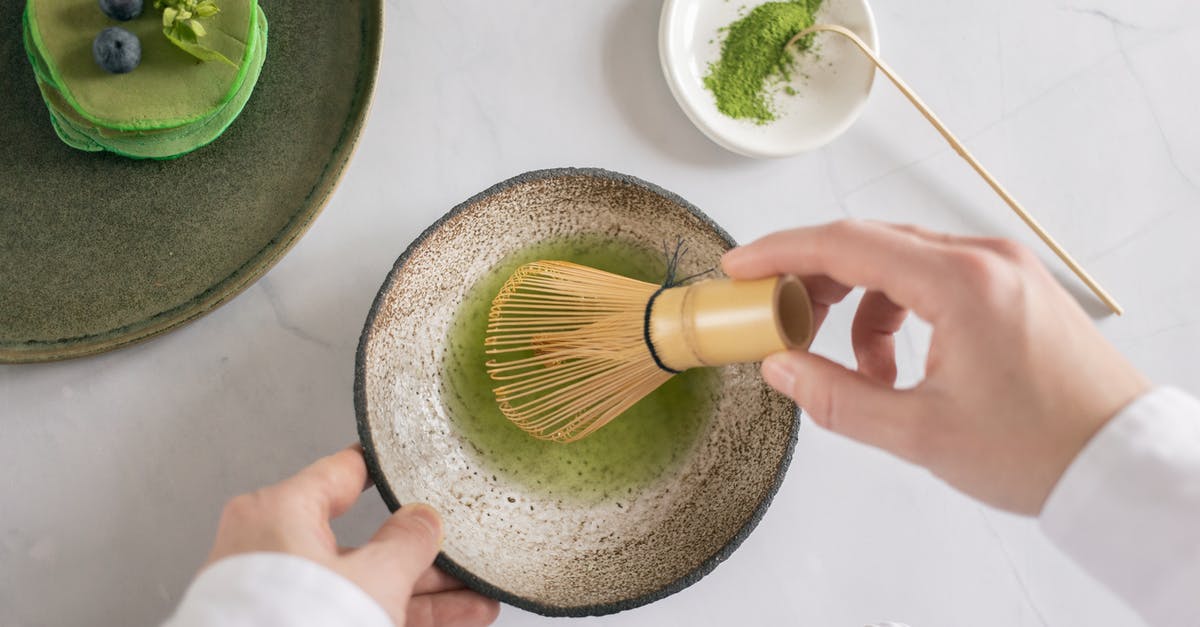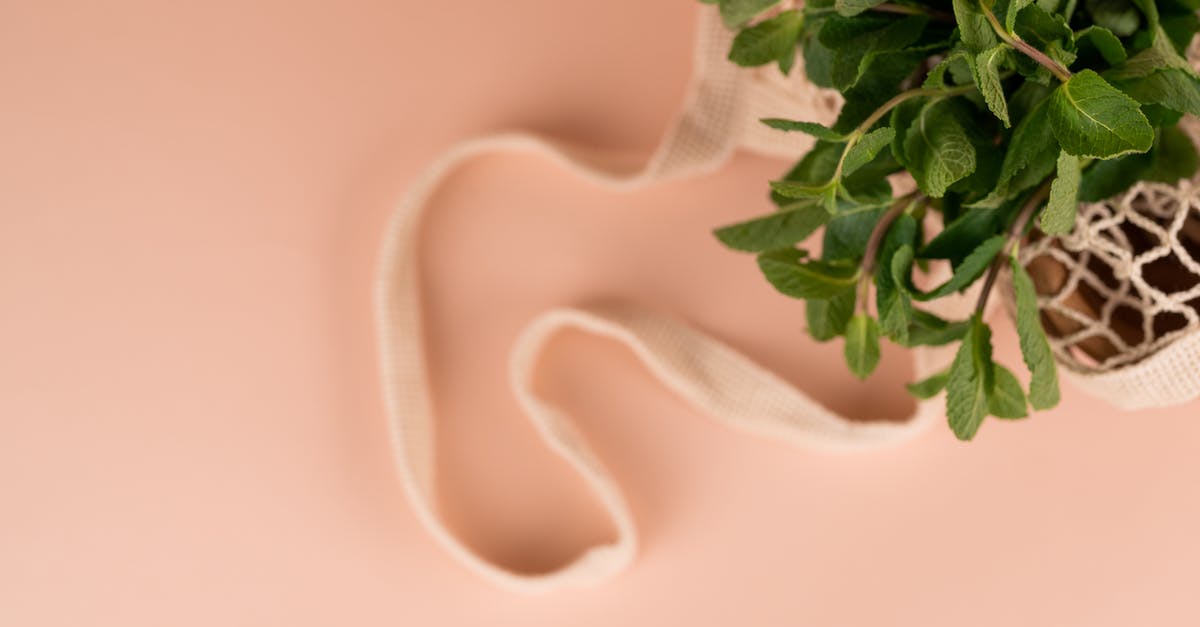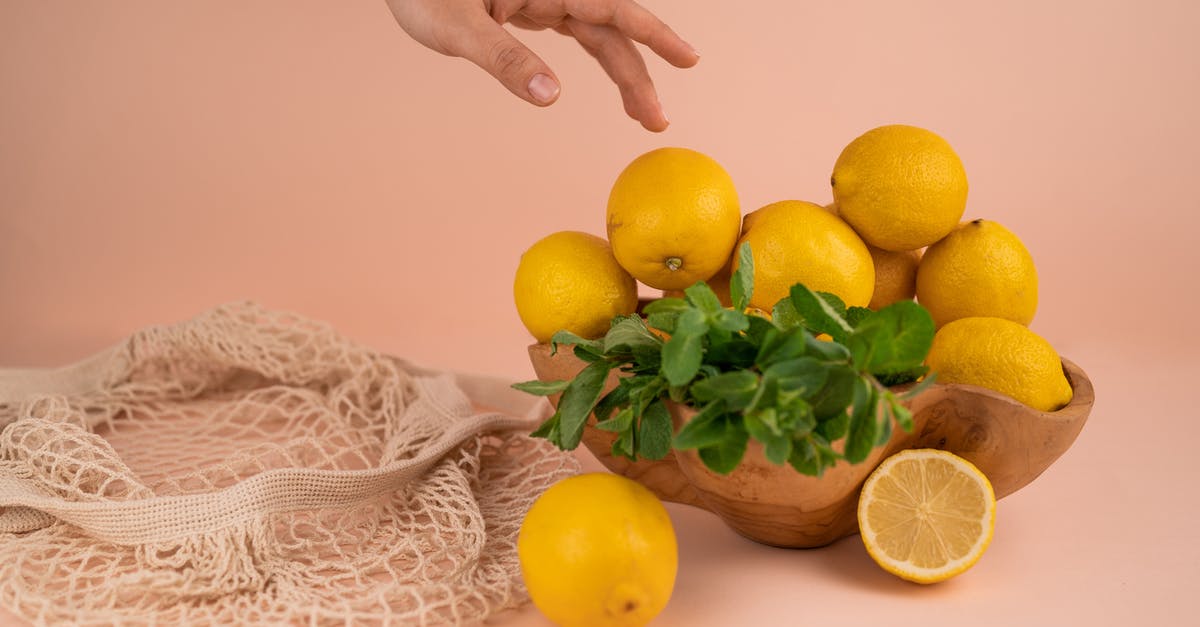How to preserve the green colour of mint when doing spherification?

I was recently making some mint spheres using reverse spherification, as a bit of background here was my process: I blended around 15g of mint leaves with 250ml of boiling water and left to steep for an hour. I strained the infusion through a 50 micron filter and then added some sugar, lemon juice and 3.5% calcium gluconolacte before thickening with 0.4% of xanthan gum. The spherification went fine but the colour of the liquid went an unappetising shade of brown and what I would like to know is there a way, aside from adding food colouring, to preserve the mint's green colour?
Best Answer
Plants are green due to the presence of chlorophyll. When chlorophyll is exposed to acids, alkalis, heat or enzymes, it first loses its long hydrocarbon tail, becoming water-soluble instead of fat-soluble. Then, hydrogen ions replace the magnesium atom in the center of the chlorophyll molecule, turning it to pheophythin, which has a dull green-yellow-grey color.
If you insist on continuing the heat treatment, you will lose a lot of the chlorophyll color. You can reduce your loses by using an alkali environment and by adding metal ions. The metal ions part can be as simple as boiling the tea in a copper pot. For alkali, use baking soda. It will turn the leaves into mush (so it is preferable not to use it for vegetables, even though it keeps the color), but it will help with retaining the green. I think that the changed pH shouldn't be a problem, as Lersch's Hydrocolloids says that reverse spherification works at pH levels 2.8-10, but is inhibited by pH below 4. Also, I don't see why you steeped for an hour; normal mint tea is steeped for 5 minutes. If you want stronger tea, use more mint, not longer steeping times.
If you insist on a color coming from mint, but are not particular about steeping, I would suggest getting a mint taste in another way. Juicing the mint will be best, but will require heaps of plant matter, so probably not practicable unless you have access to a mint meadow. It would be much better to rupture the cell walls by freezing, and then leech the mint taste and color in some solvent - water will be OK, alcohol will probably give you a stronger extract. Just steep the defrosted mint for a long time in the water (or alcohol, or mix of both), and then use without adding acids or heating. Again, adding a bit of baking soda may help with the color. But pay attention, if your final product has too high a pH, its taste will be perceived as soapy.
And the easiest solution is, of course, to use food coloring. While some people may consider it unnatural, I don't think it does any bad, especially considering that you are already doing some highly unusual things to your food. It gives you a much easier time with the other aspects of preparation (head and acids).
Pictures about "How to preserve the green colour of mint when doing spherification?"



Quick Answer about "How to preserve the green colour of mint when doing spherification?"
You can try to add some baking soda when you put the mint leaves in the hot water. Baking soda retains colour in boiling broccoli and other green veggies, so there's a chance this could help you with mint as well.Mint Chocolate Pearls Using Spherification Technique
More answers regarding how to preserve the green colour of mint when doing spherification?
Answer 2
You can try to add some baking soda when you put the mint leaves in the hot water.
Baking soda retains colour in boiling broccoli and other green veggies, so there's a chance this could help you with mint as well.
Answer 3
Try grinding the mint with a mortar and pestle, with your lemon juice as a solvent. Since you strain it, the final solution won't have chunks of mint.
Sources: Stack Exchange - This article follows the attribution requirements of Stack Exchange and is licensed under CC BY-SA 3.0.
Images: SHVETS production, Monstera, SHVETS production, SHVETS production
